Description
Λόγοι is a voltage controlled clock divider, counter, and delay. It subdivides and adds time, creating organic, evolving signatures. Λόγοι brings movement and life to the trigger signal, from a subtle swing to bizarrely complex and intricate rhythms.
Instructions
 The functions of Λόγοι are split with division on the left, and addition on the right. The right side operates either in Counter mode, by adding clocks, or Swing mode, by adding a time delay. The mode is set by the centre switch.
The functions of Λόγοι are split with division on the left, and addition on the right. The right side operates either in Counter mode, by adding clocks, or Swing mode, by adding a time delay. The mode is set by the centre switch.
The module has CV inputs (top jacks) and trigger outputs (middle left/right jacks) for each side, and a combined trigger output (centre bottom jack) which gives the output of both operations: divide and add.
The trigger input (bottom left and right jacks) is shared between division and addition. There is also a reset input (middle centre jack) and manual reset switch (push switch up).
There are three LEDs indicating the divided and added output to the left and right, and the combined output in the centre.
Divide
The divider toggles its output every n clocks, where n is the divisor. The divisor is set with a manual (top knob) and CV level control, in a range from 1 to 32.
Count
With the switch in the down position, the additive side functions as clock counter. The counter will output a trigger signal every m clocks, where m is the addend. The range is from 1 to 32 clocks, with 16 in the centre position.
The combined output will divide and count. If i is the incoming clock, n the divisor, and m the addend, then it will output a a trigger signal every i/n + m clocks.
Note that when the addend is larger than the divisor, in other words, n < m, then the divider frequency is higher than the addition and the combined output will never trigger.
Swing
With the switch in the centre position, the right side adds a time delay to the input. The amount of delay, or swing, ranges from 0ms to around 1000ms.
In Swing mode, the combined output passes all clocks through until each time the divisor triggers, when it adds a time delay. The result is that every n-th clock is delayed by m, where m is the amount of swing and n is the divisor.
As in Count mode, if the divisor frequency is greater than the delay time, the combined output will not trigger. In Swing mode, this is determined by the combination of input clock frequency and delay time.
Patch Ideas
The different algorithmic functions of Λόγοι can be used either individually or combined in any number of patches, and for any type of signal: not just triggers. Here’s a few ideas, but don’t be afraid to use your imagination. Remember: your modular synthesiser is an analogue computer, and music is math!
Add Swing/Shuffle/Groove to Clock
Put your master clock through Λόγοι to get exactly the right groove in your beat. Use the Divide section to control where (typically 1/4, 1/8). Use the Add section (in Swing mode) to control how much. Take the groove clock from the Combined output.
CV Controlled Divider and Counter
Clock divide any signal and use the CV inputs to create movement.
With the Divide section you get an actual divided clock with 50% pulse width. This is very useful for generating long hold or reset signals. Feed it into the Stoicheia reset input to pause the sequence e.g. at 1 bar, or 1/2 bar.
With the Add section (in Count mode) you get a short trigger at the counted interval. The pulse width of this trigger is always identical to the pulse width of the input trigger. With the Count function, you can feed through PWM of the input trigger. Useful for triggering anything, including envelopes with sustain.
Trigger Delay and Phase Shift
Use the Add section in Shuffle mode to add a delay to a trigger. Useful when doubling up sounds: use a short delay to add space and depth. This patch is also great for generating phase shift patterns a la Steve Reich: set up a very slow LFO to shift two patterns in and out of phase with each other.
Trigger Sequencer
With combinations of the Divide, Add and Combined outputs you can generate algorithmic trigger patterns. Use the CV inputs for generative sequencing, or ‘auto-modulate’ by putting the Divide output into the Add CV input, or vice versa, and adjust with the knobs to get interesting patterns.
Sub-oscillator
Feed an audio signal into the trigger input (sinusoids work best) and mix with the outputs for a CV controlled complex sub oscillator. Works up to 30kHz, so you can even make audible sub-oscillators from ultrasound if you want to be really avant garde.
Specifications
Dimensions
- Height: 3U / 128.50mm
- Width: 10HP / 50.50mm
- Depth: 20mm
- Weight: 140g
Power
- 16-pin Doepfer/Eurorack
- Requires +5v
- PTC fuse and diode protected
- +12v: < 15mA
- -12v: < 10mA
- +5v: < 25mA
Impedance
- Outputs: < 1.1k
- Inputs: > 100k
Voltage Range
- Output low: 0v
- Output high: 5.1v

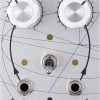
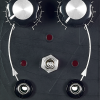
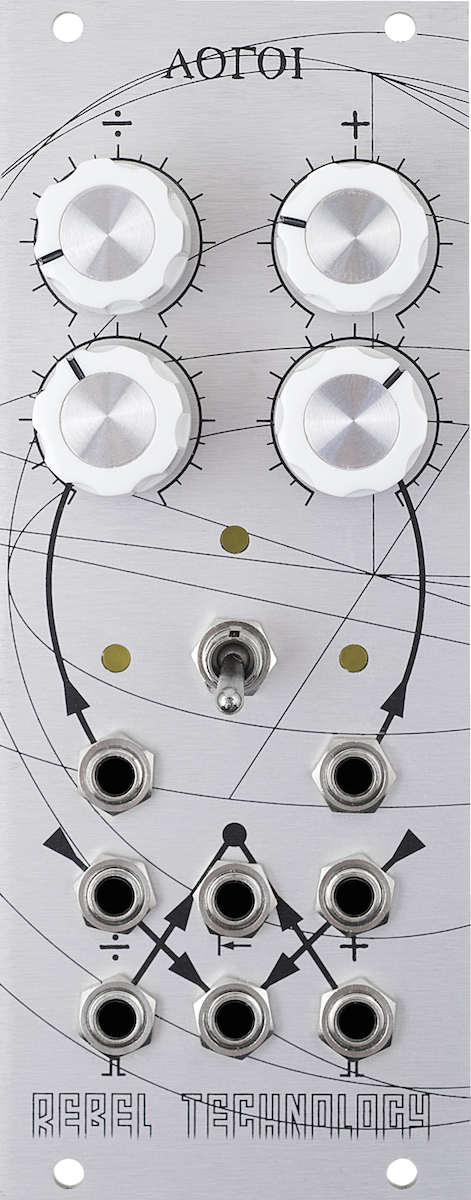
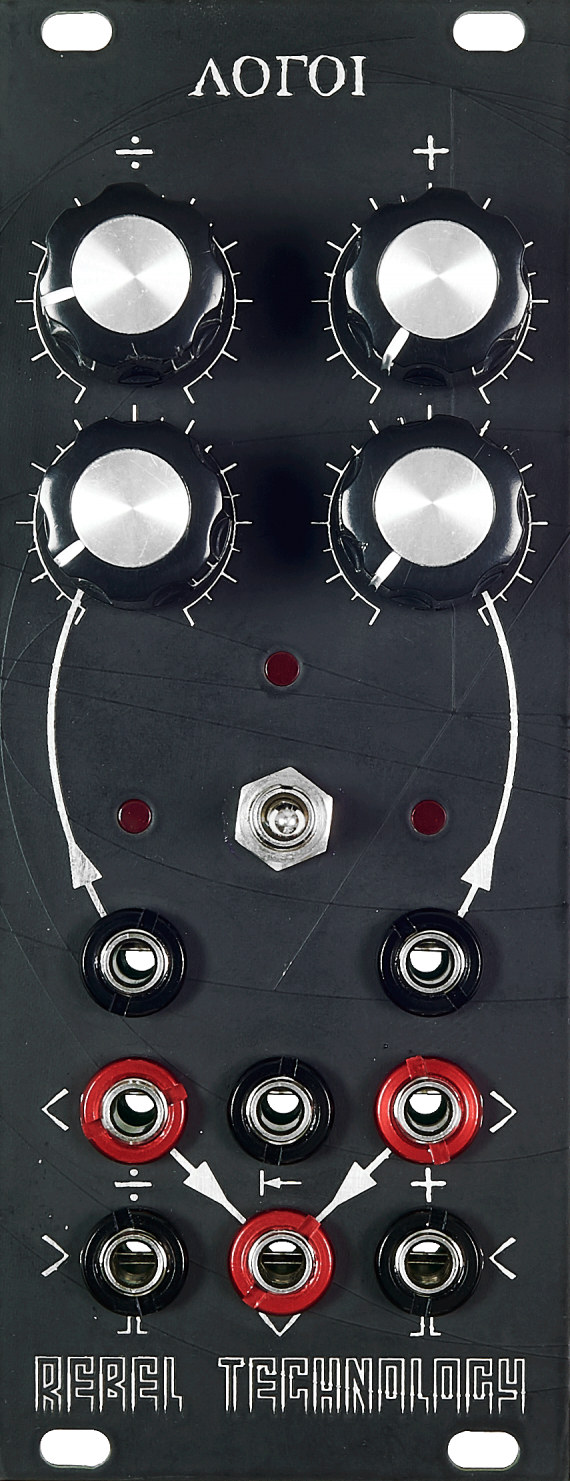
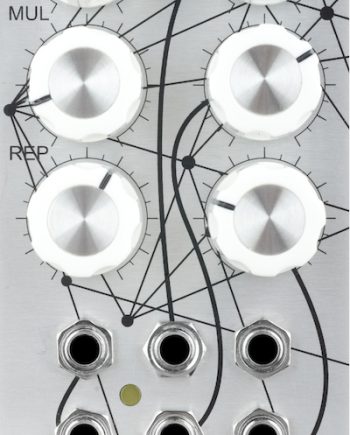
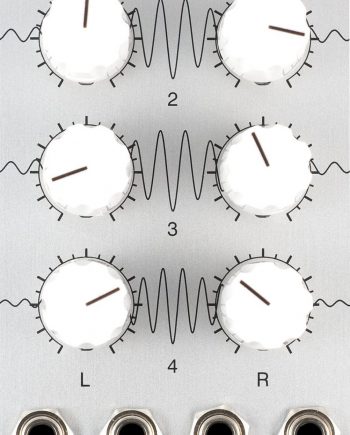
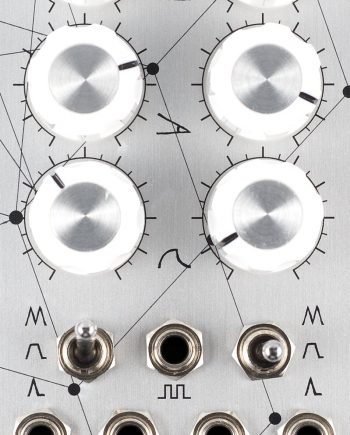
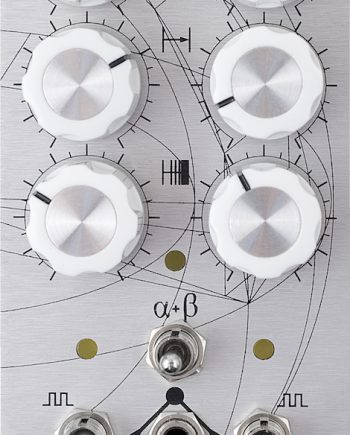
Reviews
There are no reviews yet.